By Katie Eubanks Ginn
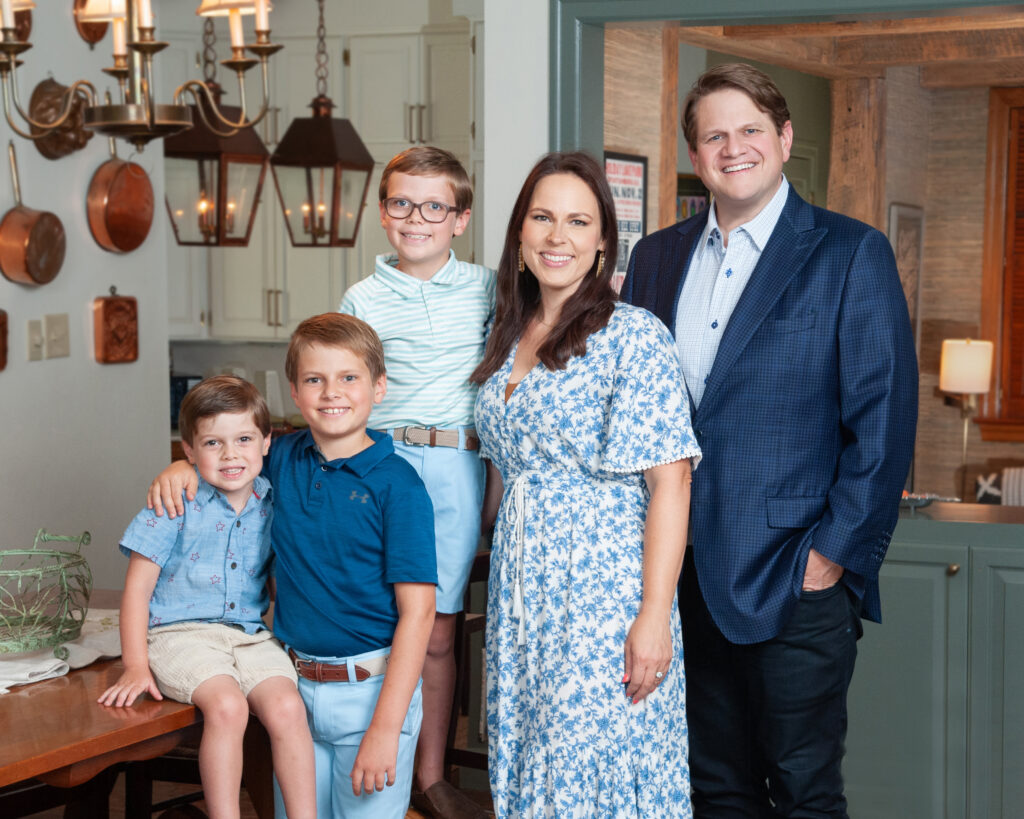
Let one fact be clear: Catherine and Taylor Sledge are not anti-social media. They’ve been using it since the early 2000s, when Taylor’s screen name on AOL Instant Messenger was Hammer2003. (“Thank you so much for sharing that,” Taylor deadpans to Catherine.)
Like billions of others, the Sledges use Facebook and Instagram to share about causes that are important to them, as well as their work and personal lives. Catherine might post a photo of Taylor and one of their boys fishing. Taylor might share a picture of a frog he captured in their swimming pool.
But the Sledges know two things: 1. They were just fine before social media entered their lives, and 2. Their kids can thrive without social media, too, especially while they’re young and vulnerable to its pitfalls.
On August 1, Catherine and Taylor, along with Mississippians Ben and Erin Napier of HGTV’s “Home Town,” launched Osprey, a nonprofit movement for parents who want to keep their children free of social media through high school. Osprey is based around “nests,” local groups of likeminded parents and families who can create community so their kids don’t feel like “the only one.”
But Osprey isn’t just about keeping kids away from something: It’s also an acronym that stands for Old School Parents Raising Engaged Youth. “We want to encourage kids toward something,” Catherine says.
“We’re trying to foster social lives without social media.”
From chat rooms to Snapchat
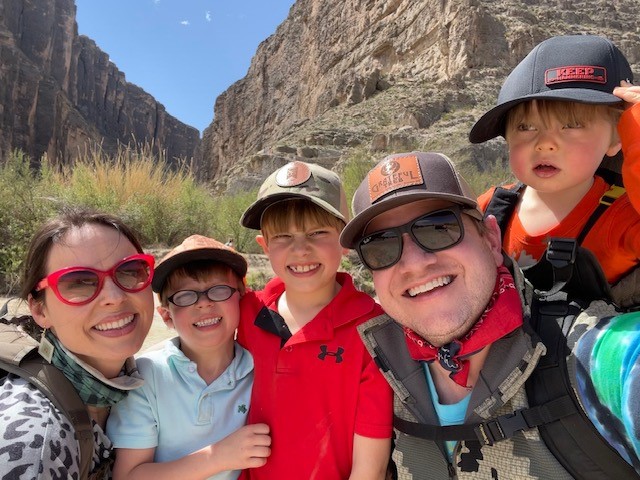
Right around the time Taylor was attending freshman convocation at The University of Mississippi in 2003, Harvard undergraduate Mark Zuckerberg was working on an algorithm for what would become Facebook.
After some initial hesitation — “I’m not getting on that dumb thing,” Taylor recalls thinking — he followed his friends onto the platform. “It was a fun, interesting thing to increase our connection,” he says. “I definitely considered (social media a) mostly healthy experience when it first began.”
The current dangers lurking on social media are nothing new. Anybody remember child predators in chat rooms? Unfortunately, those dangers have only multiplied over the last 20 years, Catherine says.
“Social media is not bad. It’s a tool (that) can be used in good ways or bad ways.”
Even if nobody was preying on children via Instagram, Snapchat, TikTok, and other social media, these apps could bring about other problems if used in excess — and not just for kids.
“(With) the general self-focus (of social media),” Taylor says, “we’ve lost a realm of self-awareness.”
In short: “It’s gotten weird.”
Social media and children
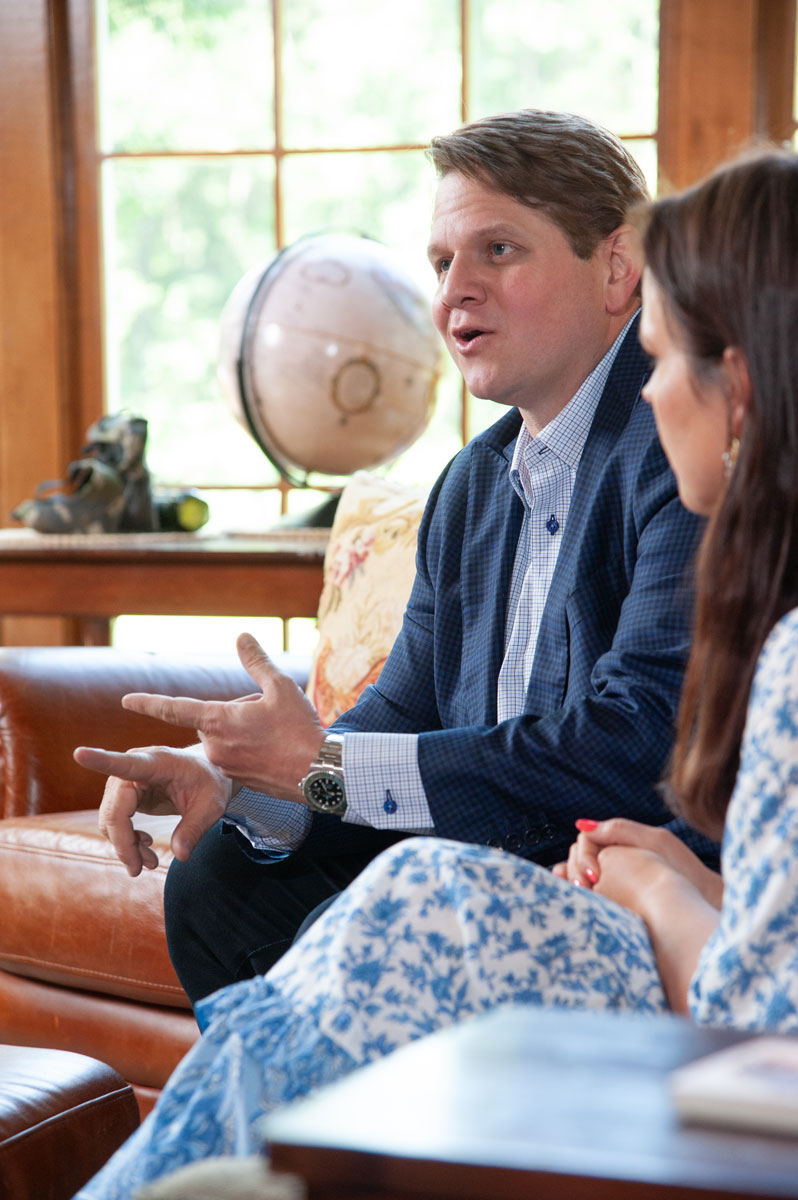
The Sledges asked that their three boys not appear on the cover of this magazine, a request MCL happily granted.
“We’ve always been aware of the privacy of our children,” Catherine says. “(And) we don’t post too many pictures of them (on social media). I know enough to know how much I don’t know. … There’s a healthy fear.”
What she and Taylor do know is pretty scary. When kids use social media, they can be “exposed to big-people situations” long before they’re ready, Catherine says. “Their frontal lobe isn’t developed until 23 to 25 years old.”
More specifically, “(Too much screen time) can literally change the size of a child’s brain,” Catherine says. “If they are so focused on this one little square in front of their face, they’re not having as many experiences as they’re meant to have as children, and their brain will not grow as much.”
Numerous studies have shown that the more time children spend on social media, the more likely they are to experience anxiety, depression, anorexia, and other mental health problems, she says.
When the Sledges and the Napiers launched Osprey in Oxford, Mississippi, psychiatrist Dr. Adriana Stacey joined them onstage at the Ford Center and shared numerous statistics about social media use in children (see box on previous page).
Part of the problem is the sheer amount of information that kids consume on social media, Taylor says:
“If you’re a young person interacting with millions, maybe billions of people, it makes you feel insignificant and concerned. When you’re 7, you’re not supposed to be that worried.”
Dr. Stacey compared social media use to taking ibuprofen, Catherine says: “If a child takes an adult dosage, it could kill them.” (Even many of us adults would admit we often “overdose” ourselves.)
Despite experiencing the anxiety caused by excessive social media use, kids often fight their parents when they try to enforce boundaries around it.
“(Dr. Stacey’s) practice has become much more focused on adolescents with screen addictions,” Catherine says.
Forming an Osprey nest
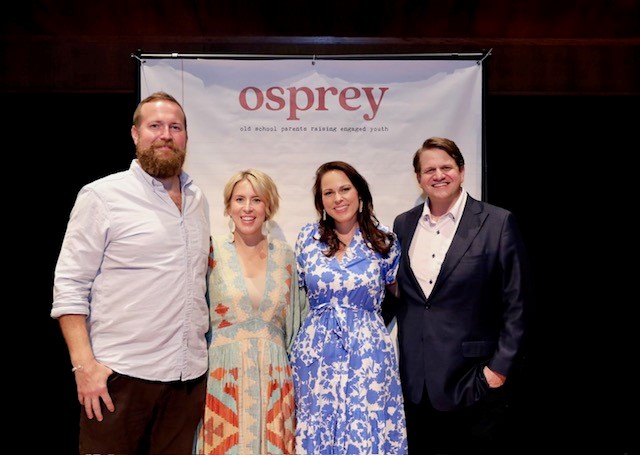
Exhibit A for why social media isn’t inherently bad: It’s how the Sledges and the Napiers became friends. The two couples attended Ole Miss at the same time but didn’t connect until later, when Erin replied to one of Taylor’s Instagram stories.
By the time Erin wanted to launch Osprey, her Instagram chat with Taylor had led to a dear friendship between the Napiers and the Sledges. So Erin reached out to Catherine.
“(She) said, ‘You’ve got the logistics and detail side of the brain … Will you do this with me?’” Catherine recalls. “And I said, ‘Yes!’” Catherine is president of Osprey; Erin is CEO; and Ashley Meena, the wife of C Spire CEO Hu Meena, is vice president.
So how does Osprey work? Simple: Go to OspreyKids.com, click Join, and enter your email address. You’ll receive an Osprey Guidebook and all the necessary info to start your own nest and get the support you need. “There’s nothing top-down about this,” Catherine says.
“Find a group of like-minded parents and families in your area, ideally at your same school. Grow your nest. Get ahead of it. You can support one another. You’re making decisions as a group so kids have friends and won’t feel like they’re the only one (without social media).”
The idea is for nests to meet periodically, Catherine says. And Osprey will email more resources from time to time.
That all sounds well and good — but what about the parents of, say, a 14-year-old who’s already been allowed on social media for a year or two?
The Sledges admit that scenario is tougher. “(Social media is) something we’ve never really introduced (to our boys),” Taylor says.
However, regardless of your child’s age or prior social media use, “I really think the best way to (free them from social media) is to decide what you believe, find someone else you trust … and begin to create that consensus for that child,” Taylor says.
“A 14-year-old is a headstrong person. But if there is a way for them to have one friend, two friends with the same beliefs … ”
Osprey isn’t the only resource, Catherine says. “There’s an organization called ScreenStrong. (They’re) developing a curriculum for kids. (And) it’s not necessarily about going completely cold turkey (but maybe) replacing (social media) with something — some way they can communicate with their friends.”
Finding other activities can also help, she says. “Instead of spending four hours on TikTok or Instagram, why not work on your ballet? Or basketball?”
For their part, the Sledges replace “indoor distractions” with outdoor ones, Taylor says. Road trips, hunting and fishing often fill up the family calendar.
Again, none of that is easy, especially if you’re raising a stubborn child who’s gotten acclimated to scrolling for hours. Taylor acknowledges that parenting is “one of the biggest challenges you can take on,” and that every household is “a custom situation.” The last thing Osprey wants to do is put parents on a guilt trip for letting their kids watch TikTok.
“We know it’s easy to use social media to cut the noise,” he says. “And there are a lot of parents who have raised kids with love and intention in their heart, and they have guilt or shame (over their kids’ social media use). What I would say to that parent is, if you’re trying … kudos to you. We’ve got to start somewhere.”
Connecting and protecting
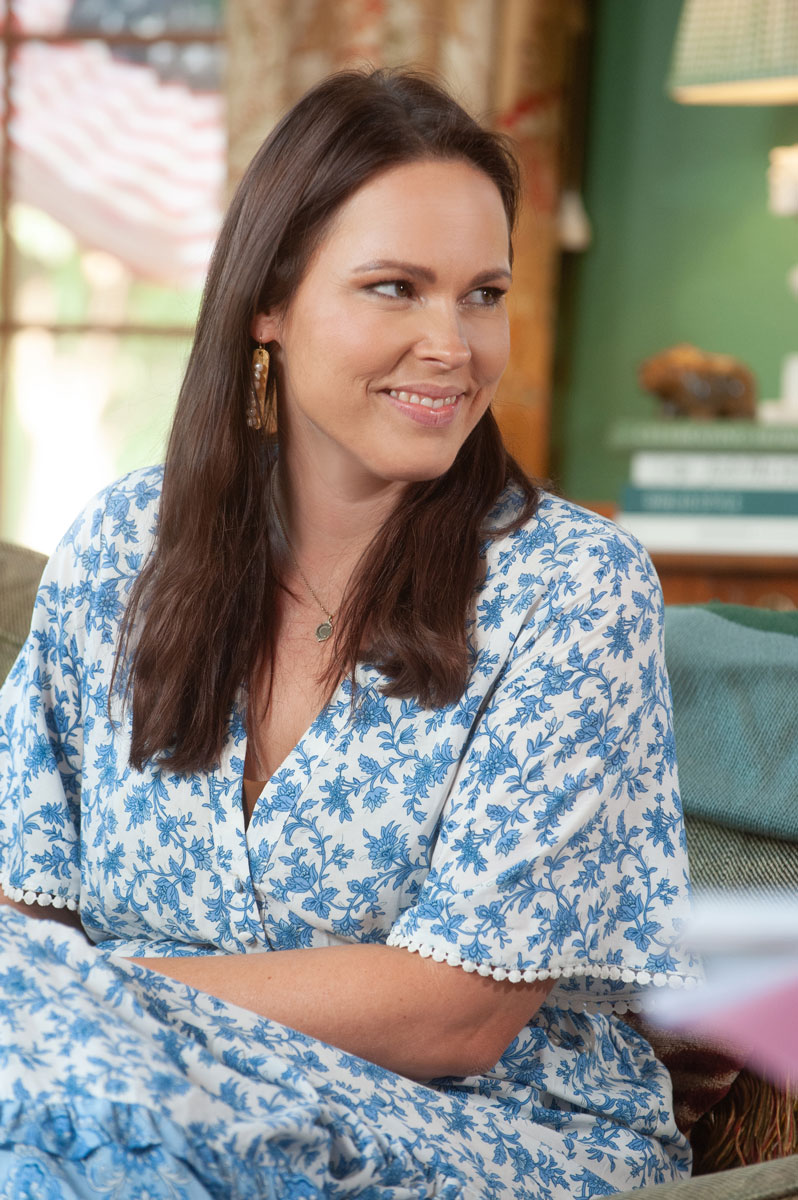
By the time you read this article, the Sledges hope to have held the first meeting of their Osprey nest with several other couples. The Sledges have explained to their two older boys why they don’t have social media, though the oldest might get a cell phone with limited capabilities (not social media) before too long.
C Spire has helped make those restrictions “stickier,” Taylor says, via the Connect & Protect phone plan for kids, which allows parents to track their child’s location, restrict content, limit screen time, and set boundaries for social media.
It isn’t just Mississippi parents and companies wanting to restrict kids’ social media use: Celebrities such as Jennifer Lawrence and Pink have gone public as telling their children, essentially, “Show me scientific evidence that social media is good for you, and I’ll let you on it.”
The Osprey launch included a personal video message from actress Drew Barrymore, who noted that her experience growing up in the spotlight was a rare one at the time — an experience that wasn’t always positive. Due to social media, Drew said, growing up “in front of everybody” today is not a unique experience at all.
Catherine is glad contemporary social media didn’t exist when she was a teen, so she couldn’t publicly document her every move. “I think of things I did at 12 years old, or even 19 years old … ”
At the same time, “As millennials … we grew up without (social media), but we grew up with it as it grew up,” she says. They saw how it evolved.
“(The past 20 years have) been just long enough for older millennials to have kids and raise them to an age of concern,” Taylor says. “We’re in a position to say, ‘Wait a minute, this was great in its origin, for a 20-year-old — because that’s who (created) it.’”
For better or worse, social media isn’t going anywhere, and the adult Sledges use it. “We have to work hard to find boundaries (for our own social media use),” Taylor says.
Taylor enjoys documenting his family’s adventures online, and he likes the fact that social media can help long-distance friendships survive. “We never go anywhere (on a trip) without eating with someone (we know),” he says, even if they haven’t seen them in person in years.
Ultimately, “(our) relationship with the Lord deeply impacts everything we do,” Catherine says. “Having that conversation with Him (about how to use social media) is important.
“We want to encourage others, uplift, and connect in ways that are positive.”
Kids + social media*
- 2 hours a day linked to sleep problems.
- 2 hours a day linked to suicide / depressive symptoms among adolescent girls.
- More than 2 hours a week negatively correlates with self-reported happiness, life satisfaction, self-esteem.
- More screen use can lead to more anxiety, depression, and self-harm; “induced ADHD” (poor concentration/focus, impulsivity); and problems with language, executive function, and reading (lower test scores in these areas).
*Statistics presented by Dr. Adriana Stacey at Osprey launch on August 1, 2023.